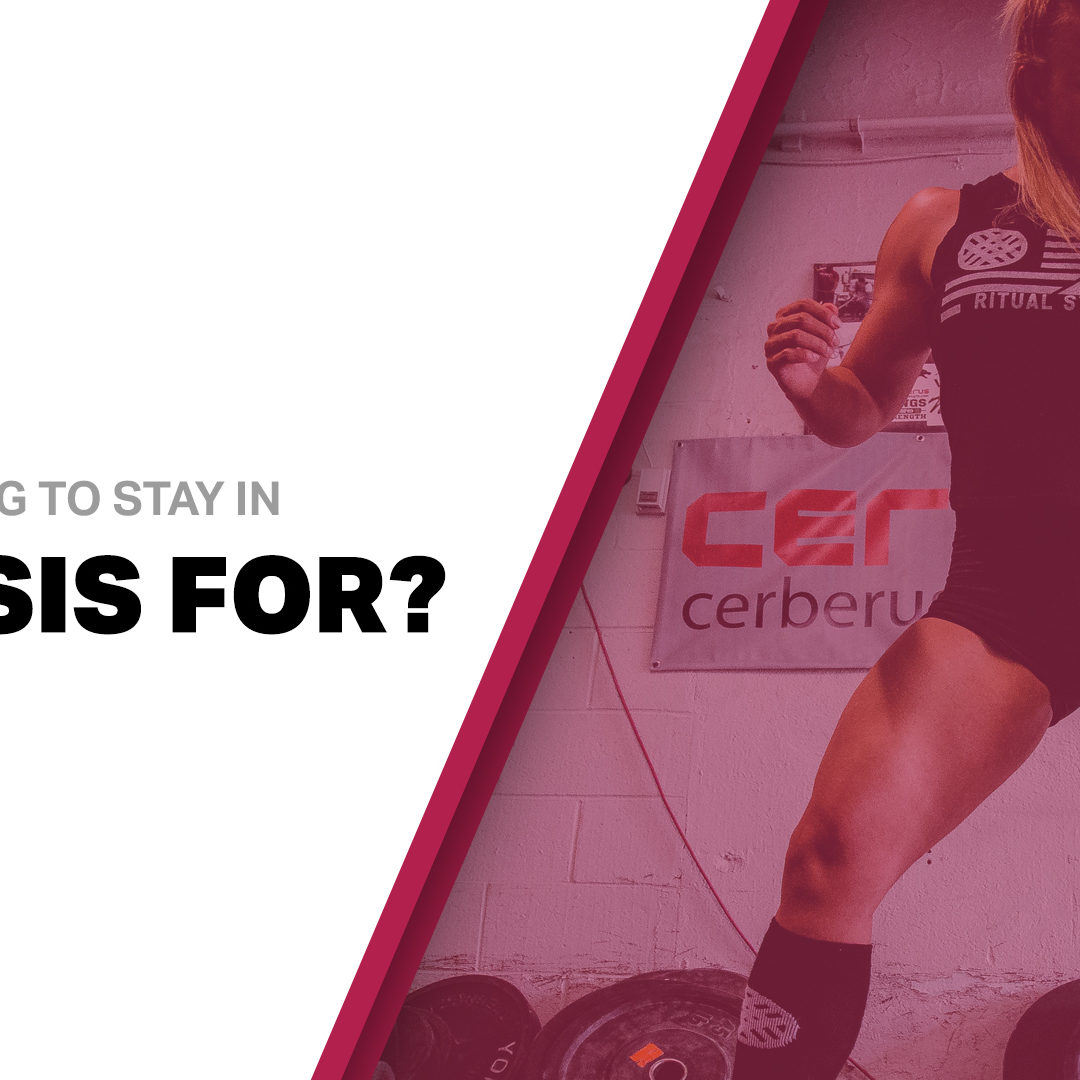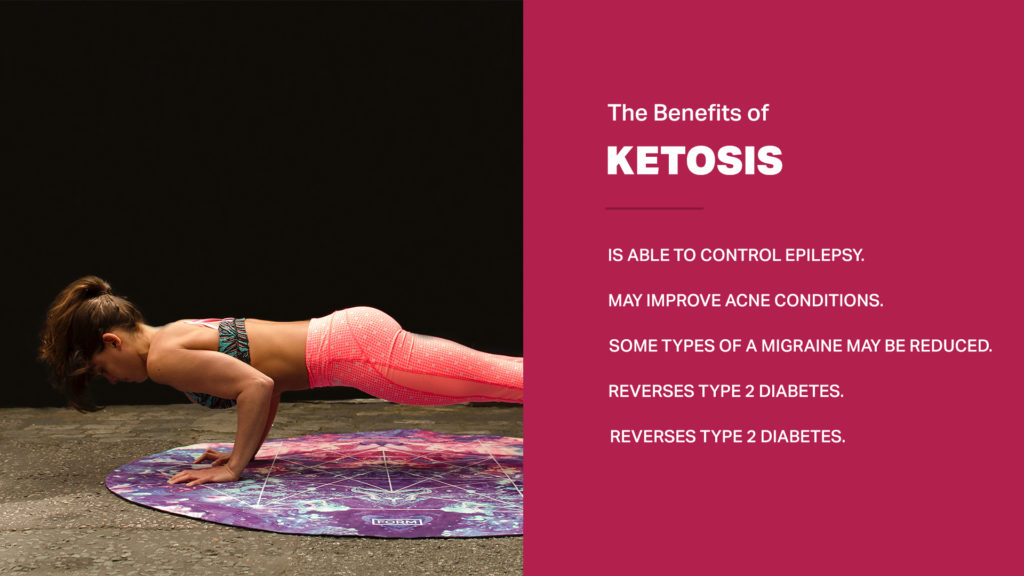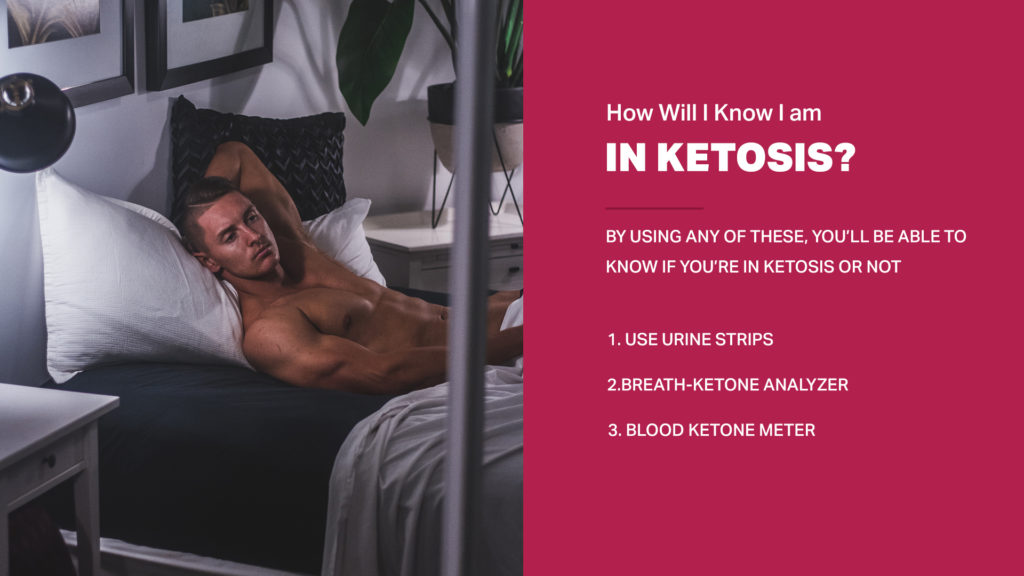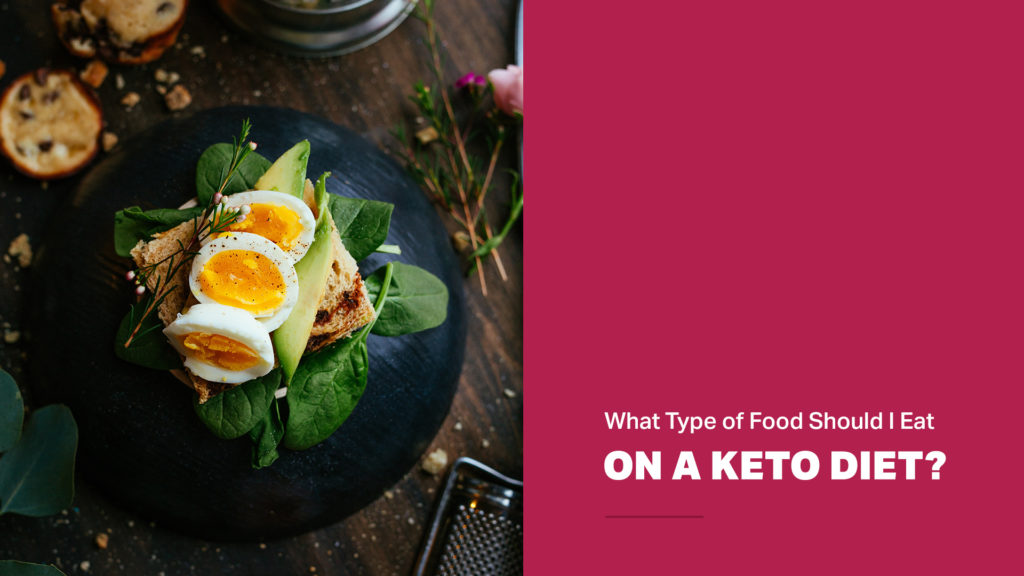Many phrases are thrown around the health food and fitness world which may puzzle and confuse the average individual. One particular word which has been popular over the last decade is ‘ketosis,’ a term first made popular by the Atkins diet of the early nineties. The popularity of ketosis has grown immensely with the recent trend in low-carb lifestyles.
Table of Contents
What is Ketosis?
When an individual fasts or follows a strict low-carb diet, the body enters the natural state of ketosis. Ketosis occurs when the body has no carbohydrates to use as energy and so begins to use the fat stores in the body.
When you eat a small number of carbohydrates along with a moderate amount of protein, fat is converted in the liver to small fuel molecules which are called ketones. Ketones then enter the bloodstream and are used as an alternative fuel by the body’s cells in a way that glucose is used.
Entering the State of Ketosis
There are two main ways that your body can enter a state of ketosis; firstly through fasting and secondly by following a ketogenic diet. While fasting involves eating nothing, or very little, for a period of time, a ketogenic diet is a very low-carb diet which aims to become a sustainable lifestyle.
When eating very few or no carbohydrates, the limited reserves of glucose within your body begin to run-out. Subsequently, your body changes its fuel supply so that it runs on the fat store, therefore burning the fat in your body more effectively. Of course, fasting and eating nothing at all is the quickest way for your body to enter a state of ketosis, but fasting should only be done for a limited period and so is not sustainable. Beginning a keto diet which is full of nutrients is the best way to gradually allow the body to enter a state of ketosis.
The body is said to be in a state of ketosis once it produces sufficient ketones, measuring above 0.5mM in the blood.
The Benefits of Ketosis
Science has evidenced numerous benefits of ketosis:
- Burning the fat stores in the body ensures that weight loss is subsequently faster and effortless.
- Ketosis can make the body feel more energized and provides an endless supply of energy to the body and brain.
- Allows the brain to become more focused when fuelled by ketones.
- May reduce hunger.
- Reverses Type 2 diabetes.
- Is able to control epilepsy.
- May improve acne conditions.
- May reverse Polycystic Ovarian Syndrome and its symptoms.
- Some types of a migraine may be reduced.
Brain Fuel
The brain needs fuel just as much as the rest of the body and is able to burn carbs or ketones as an alternative. The brain is a smart organ which is able to exploit the fat stores in the body, as it would not be able to function or survive if it ran solely on carbohydrates. So, if no carbohydrates were eaten at all, the brain would perfectly function by using fat.
How to Enter Ketosis
To enter a state of ketosis, the body must experience low levels of insulin, which is a hormone that stores fat. You can enter ketosis through eliminating carbohydrates from your daily diet, or by fasting.
How Will I Know I Am In Ketosis?
In order to find out whether your body has achieved entering a state of ketosis, you could complete the following processes:
- Use urine strips. You simply dip the strip into your urine and assess what color the strip changes to. A darker color represents the presence of ketones within your urine. Urine strips are relatively inexpensive to purchase.
- A more expensive purchase is the breath-ketone analyzer, which can cost around $169. They are reusable, however. Again, a color-coded generalized level is shown in order to demonstrate ketosis.
- The most expensive, and more specific, way to measure that your body has entered a state of ketosis is through using a blood ketone meter, providing an exact way to measure your ketosis level.
It is possible to read the signs of ketosis from listening to your own body. The following symptoms may mean that your body has entered a state of ketosis:
- When your body has entered a state of ketosis, you may experience increased thirst which may lead to increased urination.
- You may take a reduction in electrolytes into your body by not drinking enough. This may mean that you experience a dry mouth.
- When the body is in a state of ketosis, acetone may escape through your breath, revealing a ‘fruity’ smell.
- You will experience reduced hunger as the body begins to be fueled by its stores of fat.
- Energy levels may increase after feeling quite tired for an initial few days.
Reaching Optimal Ketosis
As well as aiming to enter your body into a state of ketosis, you should also be aware of the different degrees of ketosis. Exact degrees of ketosis can be determined through testing the levels of blood.
- Ketosis officially occurs once blood measures above 0.5 mmol/l, although the body has just entered a state of ketosis and so fat burning is not yet at optimum levels.
- A good balance of fat burning occurs when the blood measures between 0.5 – 1.5 mmol/l and the body is in light nutritional ketosis. However, optimal ketosis has still not been achieved.
- Optimal ketosis occurs when the blood measures between 1.5 – 3.0 mmol/l and can result in maximized fat burning and benefits to both physical and mental endurance.
- Blood measurements of over 3.0 mmol/l are too high and will not provide any benefit to the body. In fact, it may actually harm the body or indicate that there is an underlying problem.
What is the best diet food to Eat
What Type of Food Should I Eat on a Keto Diet?
It is clear that on a Keto Diet you have to reduce and possibly minimize your carbohydrate intake. Therefore, typical carbohydrates such as bread, pasta, and rice are prohibited along with the usual poor food choices of cakes, donuts, and chocolate. But what food can you eat that will help you to enter a state of ketosis yet be nutritional and delicious?
- Breakfast options may begin with egg variations such as a cheese omelet, smoked salmon with avocado and mayonnaise or a low-carb blueberry smoothie.
- Lunch and dinner choices may include mortadella and brie salad, chicken and feta cheese, lamb chops with herb butter, and pork and green pepper stir fry.
Is There Anyway I Can Eat Bread on a Keto Diet?
While it is not possible to eat regular bread while on a keto diet, it is possible to make your own variation which suits the keto lifestyle. Take one and a quarter cups of almond flour, 5 tablespoons of ground psyllium husk powder, 2 tablespoons of baking powder, 1 tablespoon of sea salt, 2 tablespoons of vinegar, 1 cup of boiling water, 2 tablespoons of sesame seeds and 3 eggs whites.
To make the keto bread, mix all dry ingredients into a bowl while pre-heating the oven to 350 degrees Fahrenheit. Bring water to the boil and pour it into the bowl along with the egg whites and the vinegar, beating for 30 seconds. Knead the dough and make 6 balls, placing each ball on a greased baking sheet. Bake for up to 60 minutes.
Great Snacks
It is still possible to eat amazing snacks while maintaining a keto diet, such as delicious garlic bread made from the keto bread recipe and then coated in garlic butter.
Or, you could make cheese chips through pre-heating the oven to 400 degrees Fahrenheit and placing cheese slices on a baking sheet, sprinkled with paprika. Bake for around 8 minutes and let them cool.
Alternatively, try something sweeter by making keto pancakes, mixing a batter together with 4 eggs, 7 ounces of cottage cheese, 1 tablespoon of ground psyllium husk powder and 2 ounces of either butter or coconut oil. Once the pancakes are cooked, add heavy whipped cream in a different bowl, whipping well until soft peaks form. Add the whipped cream to your pancakes along with a serving of berries. And boom, done! Enjoy your tasty keto snack!






